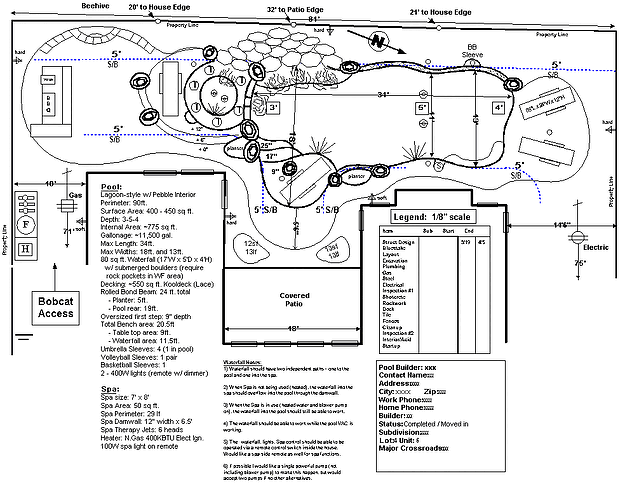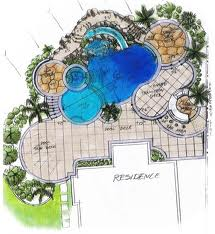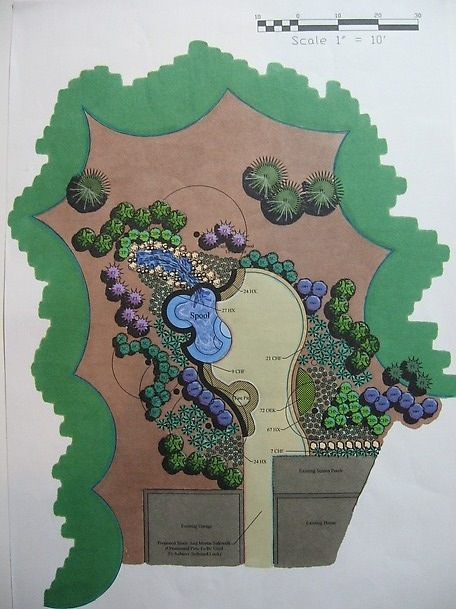I receive calls from many perspective home buyers who want to have an inground pool built in their backyard. Sometimes putting in a pool is NOT possible due to easements, sewer mains, bill of assurance issues, and most of all, not having enough distance between the house and the back property line. Some cities require a distance of ten feet off the house, and ten feet off the back property line. If your total distance is thirty five feet from house to property line (fence), that only leaves you fifteen feet width to place a pool in your yard.
My best advice is to ALWAYS obtain a legal survey from the builder and /or seller at closing, or better yet, before you make an offer and move forward with the purchase of the home. This survey will depict any easements on the property, building setbacks, drainage easements if applicable, etc. More often than not, the survey is NOT conveyed over to the buyer at closing by the seller. Generally because the seller did not have one in the first place. A typical residential survey cost around five hundred dollars or so depending on the property. A cost the seller does not want to have to pay. This can be negotiated between buyer and seller as well. Additionally, your pool contractor will need this survey to obtain the proper permit with the city. If you live outside the city limits, a permit is generally not required. As an aside, you can always contact your pool builder before you decide to purchase the home to assist you in your efforts to obtain whether or not a pool can be built in the yard.
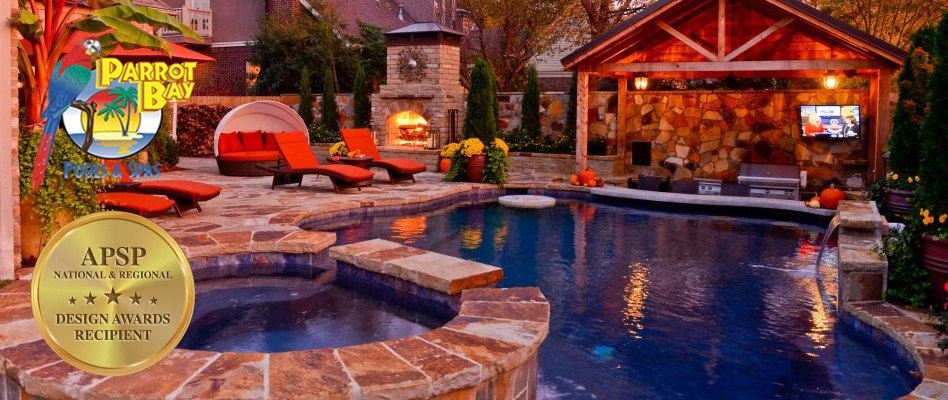
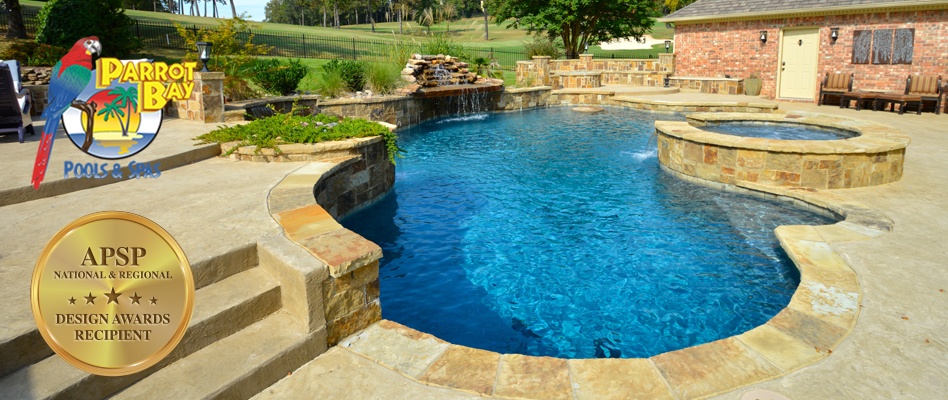
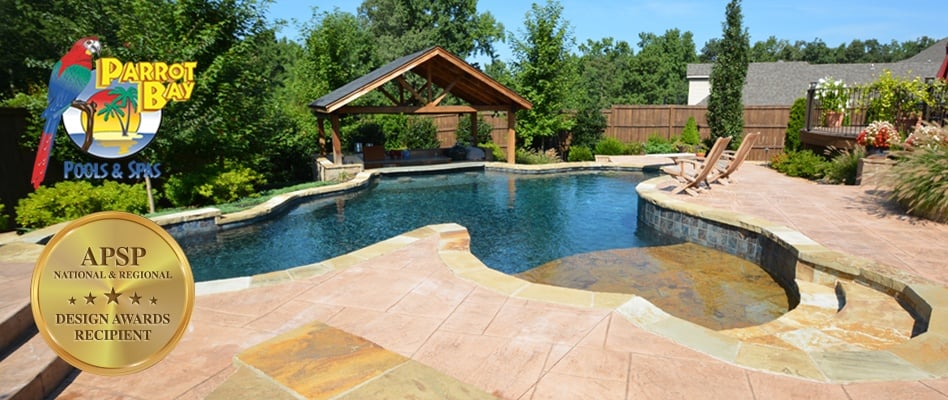
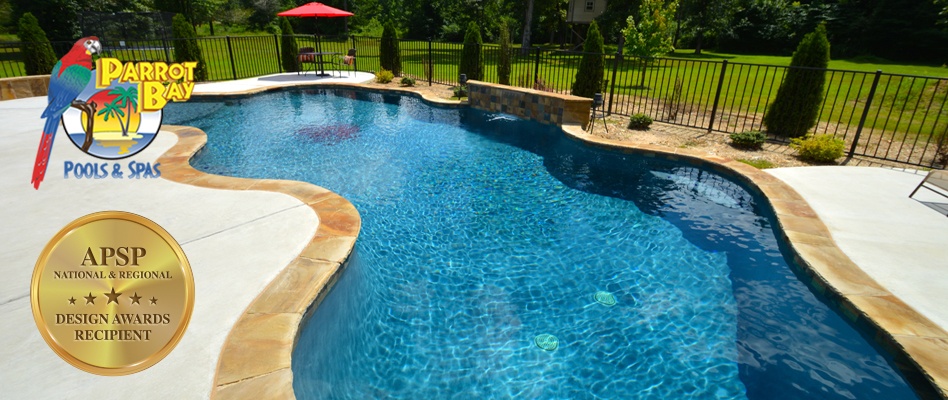


 Solar Pool Covers: A very common pool cover, solar covers utilize the suns energy to generate heat for your pool. These covers float freely on your pool surface and are designed primarily for heating your pool and prolonging your pool season. They are not the most efficient covers for keeping debris out of your pool and should not be consider a safety cover.
Solar Pool Covers: A very common pool cover, solar covers utilize the suns energy to generate heat for your pool. These covers float freely on your pool surface and are designed primarily for heating your pool and prolonging your pool season. They are not the most efficient covers for keeping debris out of your pool and should not be consider a safety cover. Solar Rings: While designed to provide heat for a pool similar to a standard solar pool cover, solar rings have a few unique benefits. Due to their design, solar rings are very adept at passing heat to deeper parts of your pool. They can also be turned over when the pool temperature is ideal, enabling them to act as barriers to sunlight that will evaporate water and precious
Solar Rings: While designed to provide heat for a pool similar to a standard solar pool cover, solar rings have a few unique benefits. Due to their design, solar rings are very adept at passing heat to deeper parts of your pool. They can also be turned over when the pool temperature is ideal, enabling them to act as barriers to sunlight that will evaporate water and precious  Leaf Nets: With these covers the name says it all. Leaf nets are basic covers designed to keep leaves and other larger containments out of your pool. Simply place the leaf net over the pool, anchor it down and watch as the leaves fall harmlessly onto your net. If you have a lot of leaves to deal with every year, it may be wise to remove this net multiple times to clean the leaves off. Leaf nets are often used in combination with a heavier winter cover.
Leaf Nets: With these covers the name says it all. Leaf nets are basic covers designed to keep leaves and other larger containments out of your pool. Simply place the leaf net over the pool, anchor it down and watch as the leaves fall harmlessly onto your net. If you have a lot of leaves to deal with every year, it may be wise to remove this net multiple times to clean the leaves off. Leaf nets are often used in combination with a heavier winter cover.  Safety Nets and Safety Covers: Pool safety covers are available in a standard net/mesh form, as well as solid covers. Safety nets are designed with gaps too small for a child to fall through, but too big to allow efficient balancing or movement. Solid safety pool covers are heavy covers that are designed to be anchored down and keep everything from loose debris to kids and pets out of your pool.
Safety Nets and Safety Covers: Pool safety covers are available in a standard net/mesh form, as well as solid covers. Safety nets are designed with gaps too small for a child to fall through, but too big to allow efficient balancing or movement. Solid safety pool covers are heavy covers that are designed to be anchored down and keep everything from loose debris to kids and pets out of your pool. Automatic Covers: Automatic covers have permanently mounted reels that automatically cover and uncover the pool at the push of a button. They are the most expensive option, but are also the most convenient. These reels can be run from either an external motor or using an internal motor that spins the reel.
Automatic Covers: Automatic covers have permanently mounted reels that automatically cover and uncover the pool at the push of a button. They are the most expensive option, but are also the most convenient. These reels can be run from either an external motor or using an internal motor that spins the reel.